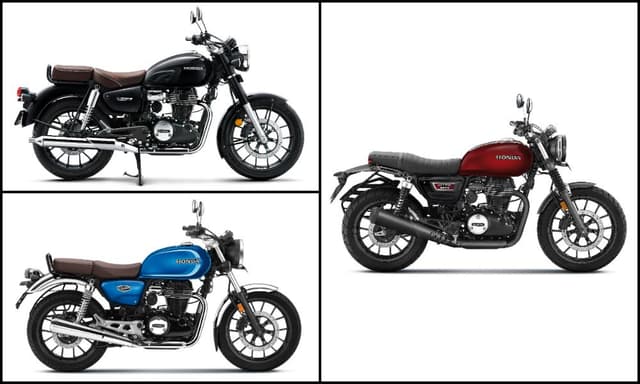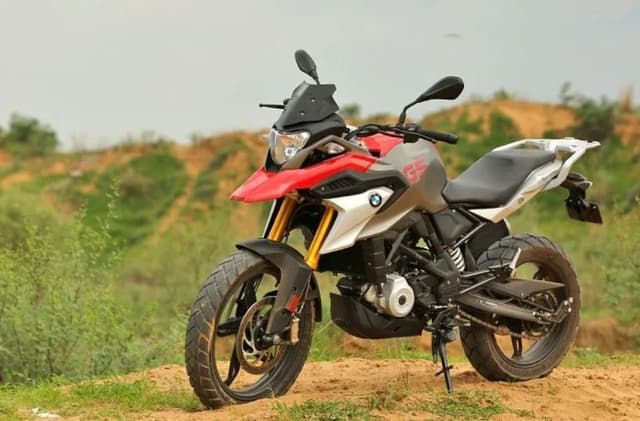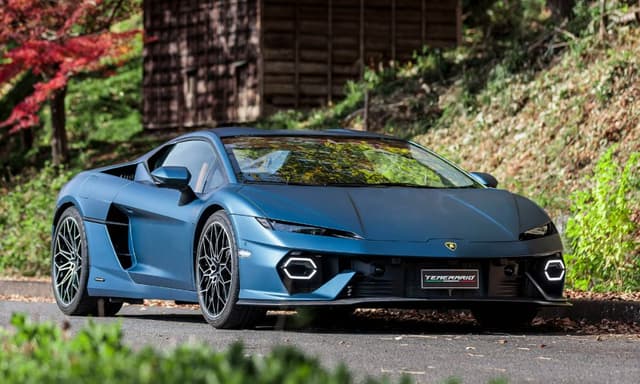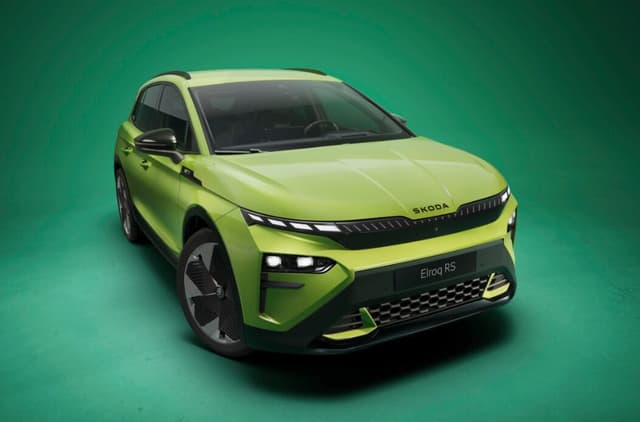Evolution of Wireless Charging for EVs

Highlights
One of the major aspects of buying an electric car is to get the charging aspect sorted. The traditional way that is majorly used these days worldwide is visiting a charging station with the car. Then the car must be plugged into the charging station, and the rider must wait till the battery is fully charged. Alternatively, if the owner can get solar panels installed, the charging could be completed in the garage. The latest technology in the EV industry is the introduction of wireless charging.

What is wireless charging?
Wireless charging, also known as inductive charging, is a way of charging a device with the help of electromagnetic induction. The main purpose of this charging technique is to eliminate the need for cords and prevent damage.

What is wireless charging for EVs?
Wireless charging for EVs is considerably different from smartphone charging. Inductive charging allows the EVs to charge themselves automatically while the vehicle is parked.
Categories of Wireless Charging
Given the basic concept, there are two ways in which this can go down: -
- Static Wireless Charging: The car is parked in a wireless charging spot in this method. So, in the static position, the car gets charged.
- Dynamic Wireless Charging: This system suggests movement. The car charges itself automatically while traveling on the road.

Wireless Charging Systems
- CWCS (Capacitive Wireless Charging System): The electric field and the ensuing current are used to transfer power. The energy is transmitted between electrodes by electric fields. The combination of transmitter and receiver electrodes makes a capacitor. The space between acts as the dielectric. The frequency range is between 100 to 600 kHz.
- PMWC (Permanent Magnet-Gear Wireless Charging System): The transmitter and receiver are both made of armature winding. The armature winding itself contains synchronized permanent magnets. The electromagnetic field generated produces a torque that rotates the permanent magnets. The coupling of rotating permanent magnets is called magnetic gear.
- IWC (Inductive Wireless Charging System): Basic principles of induction are used for this process. There are two wound-up cables (coils) in play here. Electric current is sent through one coil that creates a magnetic field. That induces an electric current in the second coil!
- RIWC (Resonant Inductive Wireless Charging System): This process requires an oscillating magnetic field operating at high frequency. The logic here is that when two objects have the same resonant frequency and are placed close to each other, energy can be transferred from one object to another.
Related Articles
Latest News
- Home
- News
- Auto Industry
- Evolution of Wireless Charging for EVs














